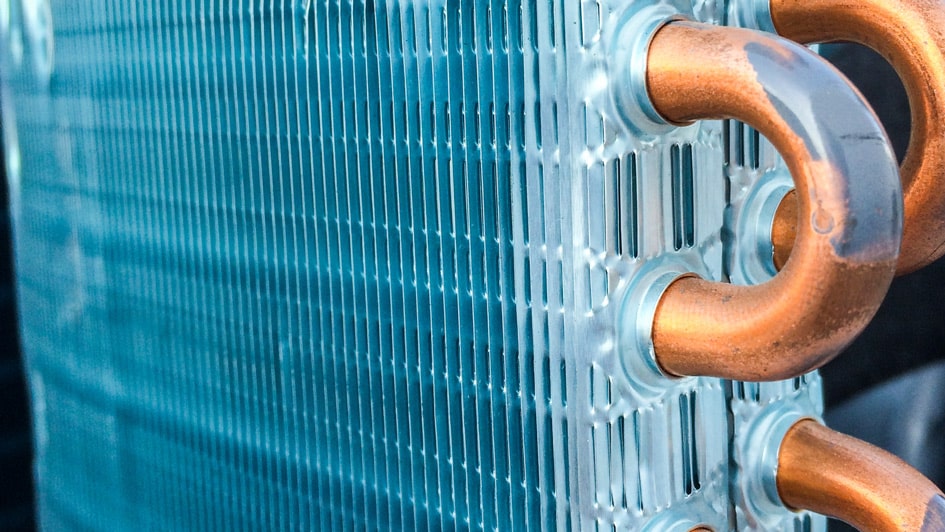A furnace is almost always a background player at home, ensuring you’re warm in the cold winter months. It regularly isn’t noticed until something goes wrong.
One root cause could be that your furnace has a cracked heat exchanger. It’s a potentially dangerous issue, so it’s worthwhile to know the symptoms of a cracked heat exchanger and what you can do if you believe that may be the problem.
What Is a Heat Exchanger in a Furnace?
A heat exchanger helps move heat from the combustion chamber in your furnace to the air that moves inside the air ducts. It generally does this using coils or tubes that heat up the air while acting as a barrier to keep the gasses produced in the combustion chamber, called flue gasses, from escaping out into your home.
Is a Cracked Heat Exchanger Dangerous?
Given its key role, it’s no surprise that a damaged heat exchanger can pose a risk. A damaged heat exchanger can enable dangerous gasses – like carbon monoxide, which can be lethal – to be distributed across your home.
For that reason, do NOT use your furnace if you think it has a cracked heat exchanger, as this could make your entire household ill. Reach out to an HVAC professional as soon as possible if you believe your heater has a cracked heat exchanger that should be repaired.
Four Signs of a Cracked Heat Exchanger:
- Furnace turns off: Cracks in the heat exchanger can cause your furnace to turn off.
- Strange Smells: If the air coming out of your furnace has an intense chemical odor, it could be a sign gas is seeping through cracks in your heat exchanger. These gasses, which can smell like formaldehyde, are a major warning sign.
- Carbon monoxide alarm goes off or you recognize health problems: If a cracked heat exchanger is emitting carbon monoxide into your home, your carbon monoxide alarm could go off or family members might experience signs of carbon monoxide poisoning. Symptoms include headaches, dizziness, weakness, nausea, vomiting or feeling tired. If an alarm goes off or you feel sick, exit the home immediately and then call for help.
- Soot: If you find black sooty buildup around the exterior of your furnace, it’s an indication something may be seriously wrong.
What to Do if the Furnace Heat Exchanger is Cracked
If you believe your furnace has a cracked heat exchanger, call a pro well versed in furnace installation Beckley as soon as possible so they can take a look at your system and, if necessary, handle a furnace heat exchanger replacement. Costs should differ depending on the situation, but estimates run in the neighborhood of $1,000 to $3,000.
Fortunately, the good news is that heat exchangers are generally covered by the warranty. You should confirm the warranty paperwork on your furnace, as while the warranty won’t always cover the entire cost of repairs, it could significantly reduce your bill.
How to Prevent a Cracked Heat Exchanger in Your Home
One of the easiest ways to minimize the risk of problems in your furnace overall is with regular furnace maintenance. Furnaces provide the best possible return on investment when they work efficiently. Calling a certified professional to check your furnace for broken-down parts, clogged filters and other common problems can keep you from getting a big bill later on.
It’s also a good idea to take a look at your furnace filters every few months – it’s recommended some filters be swapped out every 90 days or sooner if they are dirty or grimy. While the filters are not part of the heat exchanger itself, the strain of pulling air through a clogged filter makes the entire furnace work more vigorously to complete its job. And the harder your furnace has to work, the more strain components like the heat exchanger will sustain.




